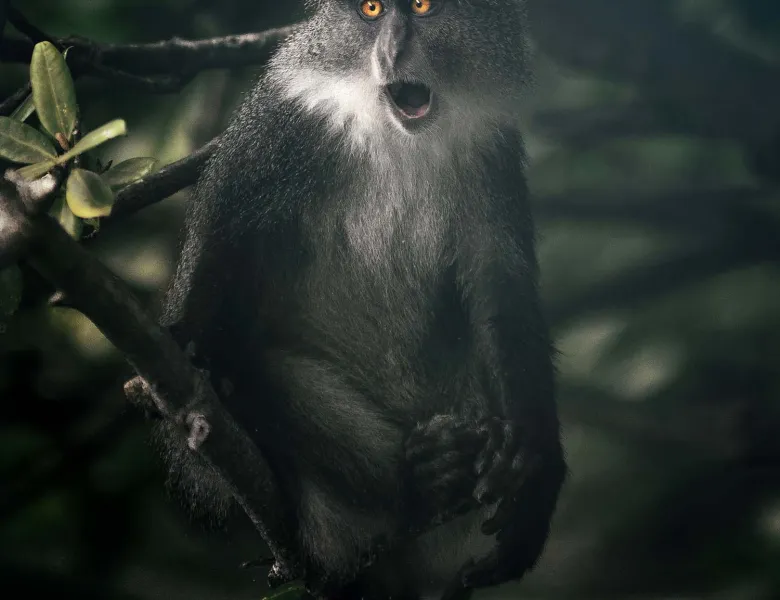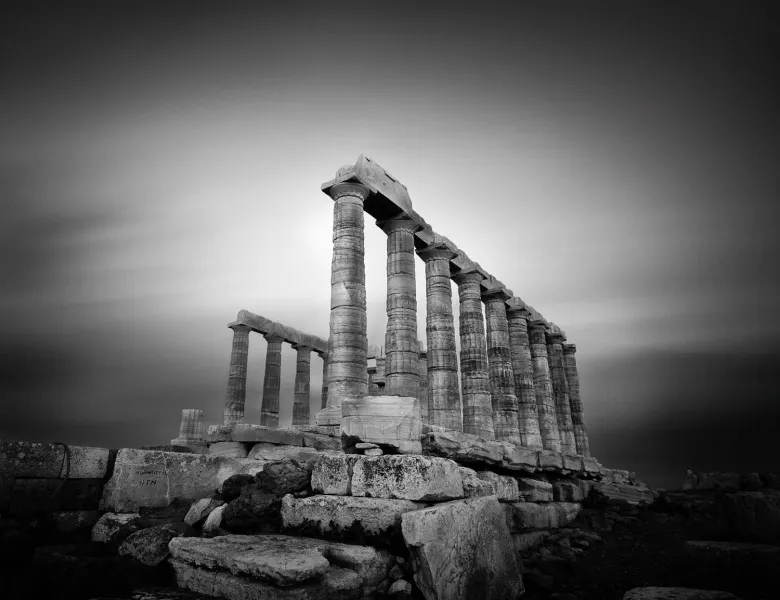Incredible images from Canada's High Arctic
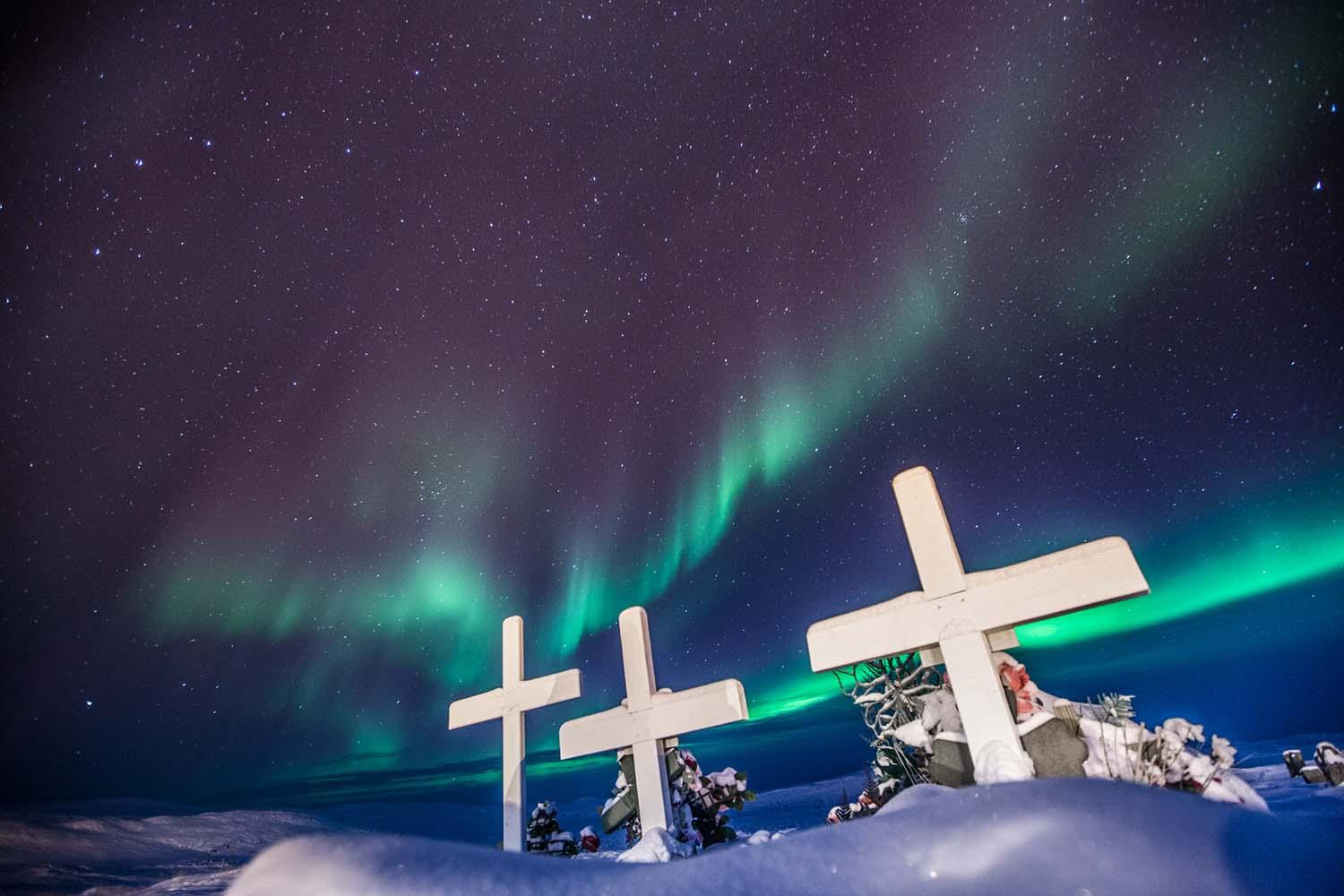
Kevin Xu is a photographer and a teacher in the Canadian Arctic. With a background in biology and what he calls his "unquenchable curiosity", he spends much of his free time observing and exploring the natural world. Through photography, Kevin says he is able "to share his passion and travel experience with the rest of the world."
He is a member of PhotoShelter, the leader in portfolio websites, photo sales, marketing and archiving tools for photographers.
Hi Kevin. Thanks for talking to us. Please introduce yourself and your photography
My name is Kevin Xu and I shoot in one of the most northern communities in the world. In 2014, a few years after completing university and searching for something meaningful to do, I made the impulsive decision to move to Resolute, a tiny Inuit hamlet of 230 people in Canada's High Arctic. I accepted a position as the high school math, science, and technology teacher. Photography started as a way to share my experiences in this unique place with family and friends back home, but very quickly turned into a passion.
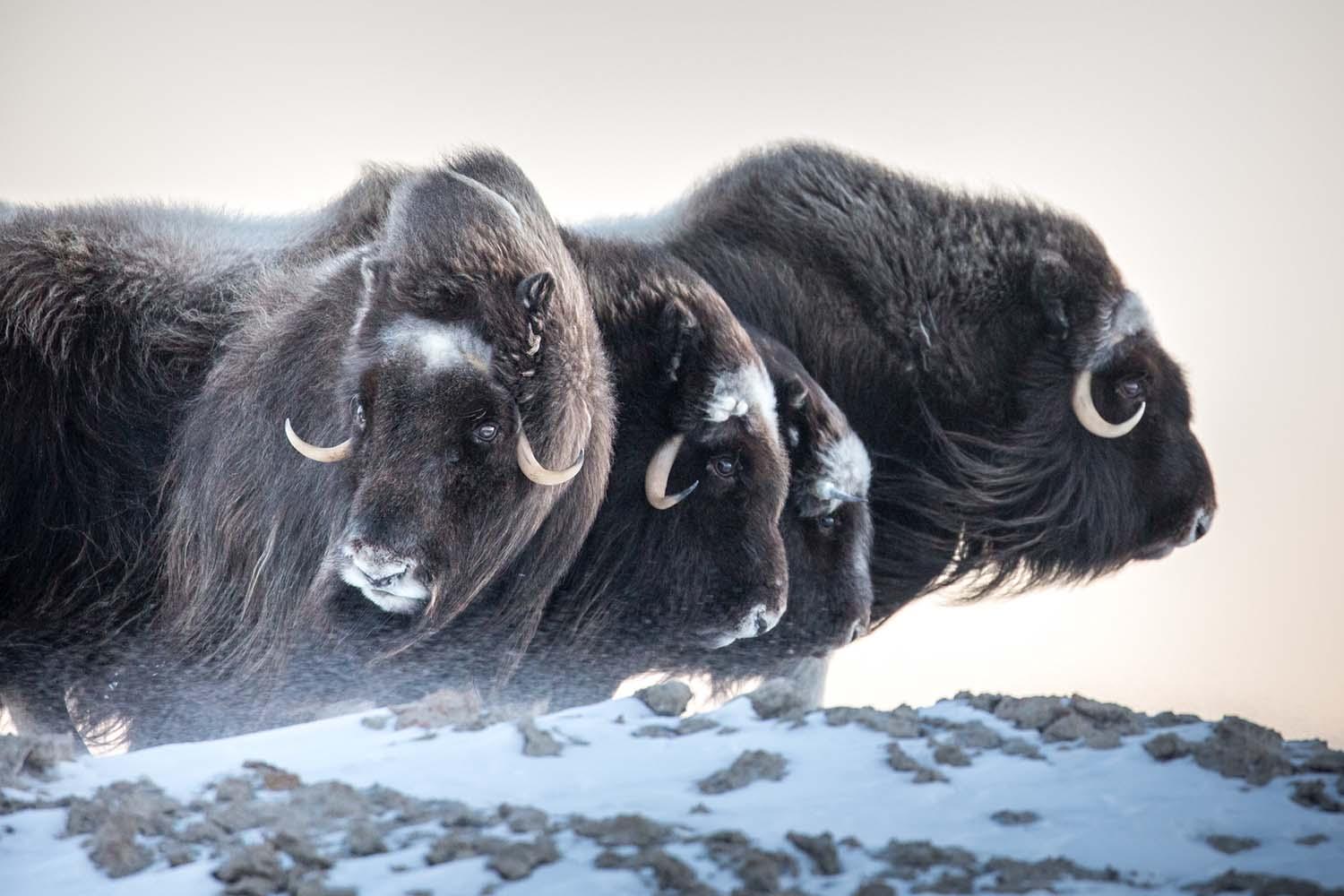
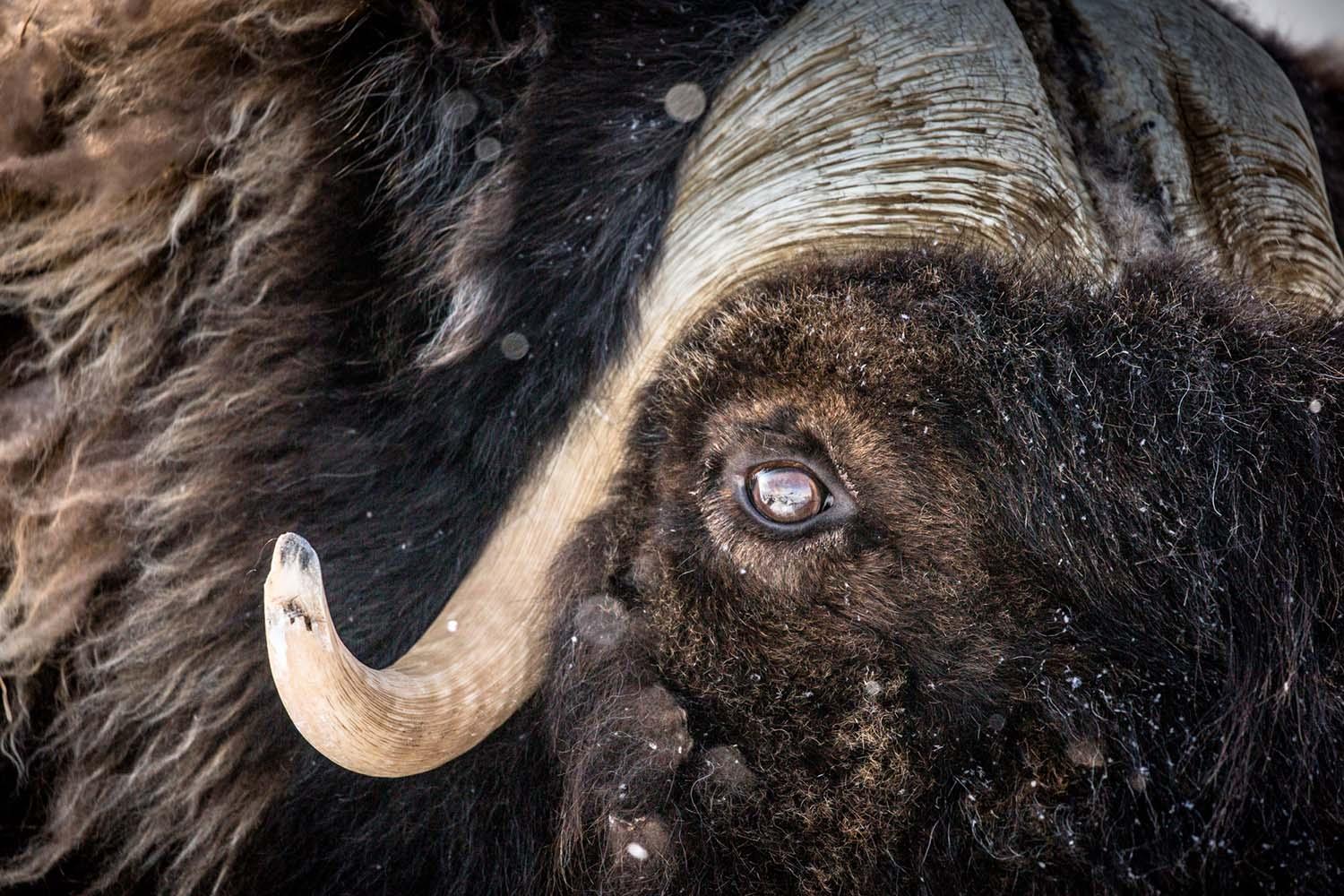
Why photography? What does the medium mean to you?
The purpose of art, to me, is to instill feelings in the audience. I had never really looked at photography as an art medium until a few years ago when I returned from a scientific expedition on the northwest coast of Ellesmere Island and a friend declared that I had captured the "atmosphere" in my photos. When it comes to expressing myself, I was never very good with words, drawing, or music. Now, my camera has become a tool to communicate my thoughts and emotions with others.
Do you have a photographic philosophy?
My philosophy for nature photography is just to be outside, have a camera ready, and enjoy the outdoors. I usually have a rough plan of where, what, and when I want to shoot, but I think it really just comes down to patience and luck. I can't really predict what the animal is going to do or what the cloud formation is going to look like when I am there. All I can do is be out there, try to be creative, and wait for the right moment. At the end of the day, I am happy whether I get the shot or not because I love hiking, being tired, getting dirty, solving problems, being creative, taking in the scenery, and observing wildlife.
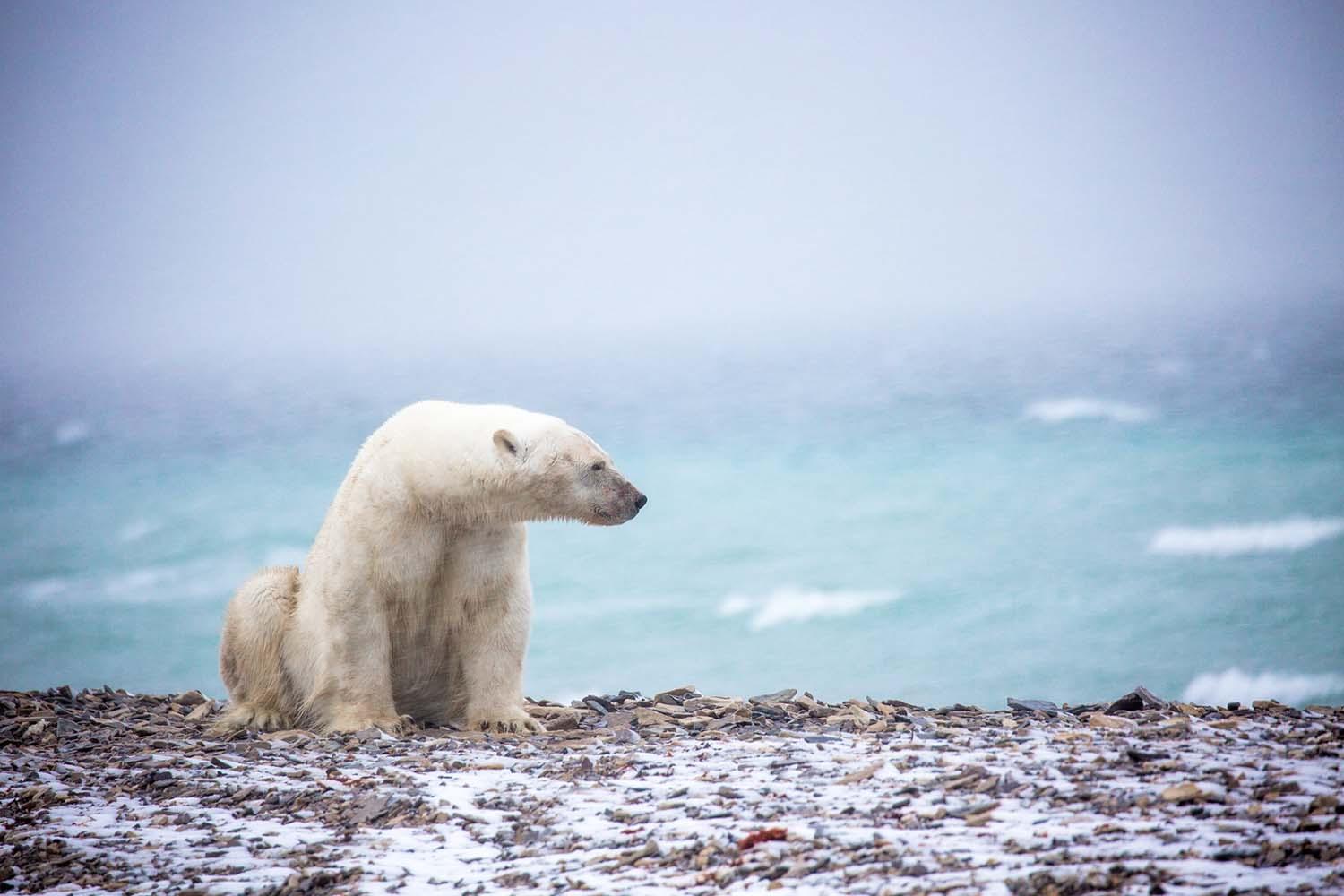
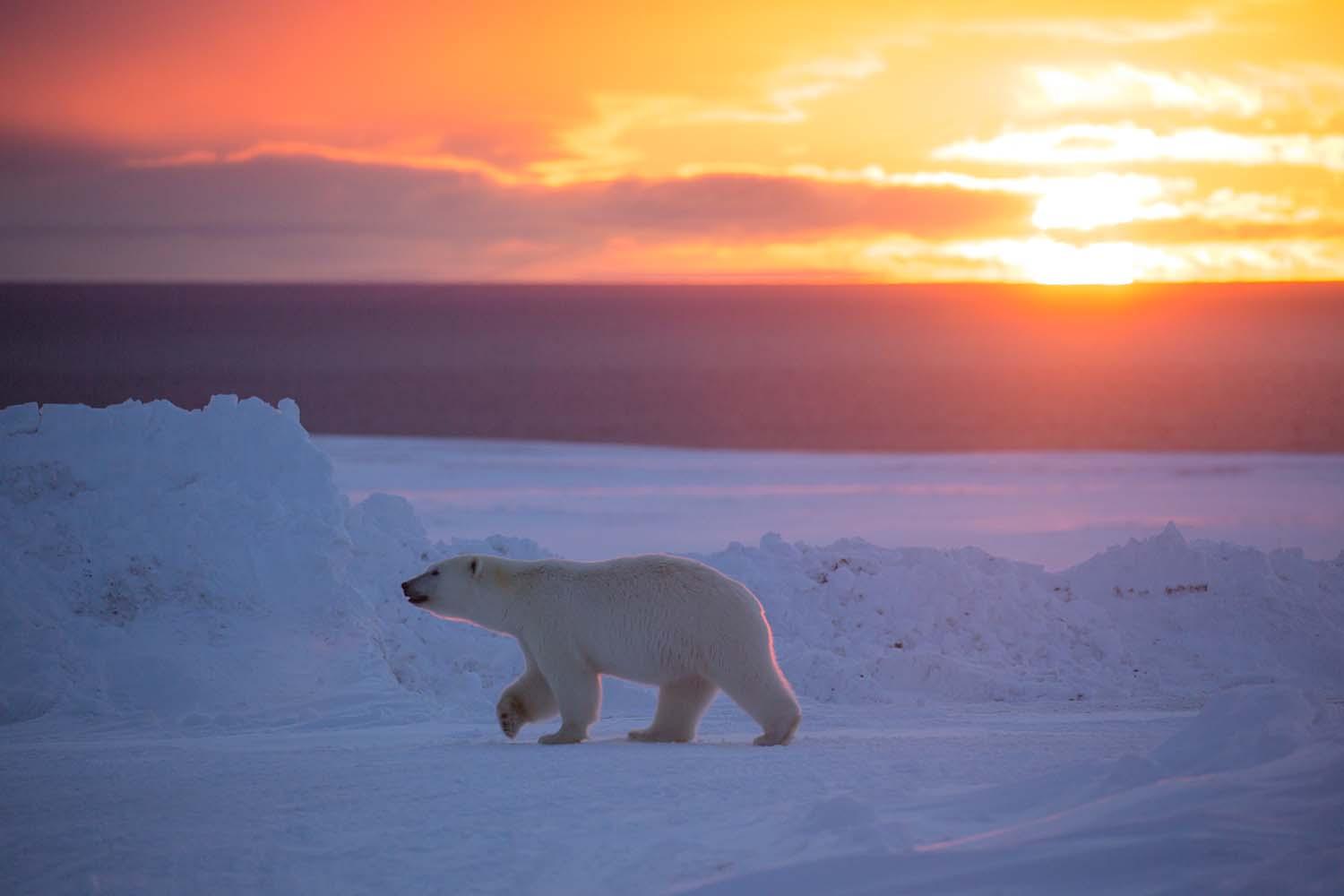
Tell us about your connection to nature photography in particular - why did you go down this route?
I am a city kid and I grew up with very little exposure to nature. Naturally, I wanted to know more about it. This curiosity eventually led to a post-secondary degree in marine and freshwater biology, and a desire to be outside exploring and learning. Nature photography just happened to be the outcome of me spending time outdoors and wanting to share the experience with my friends and family. Occasionally, I will shoot other types of photography, like portraits, but I am happiest when surrounded by nature.
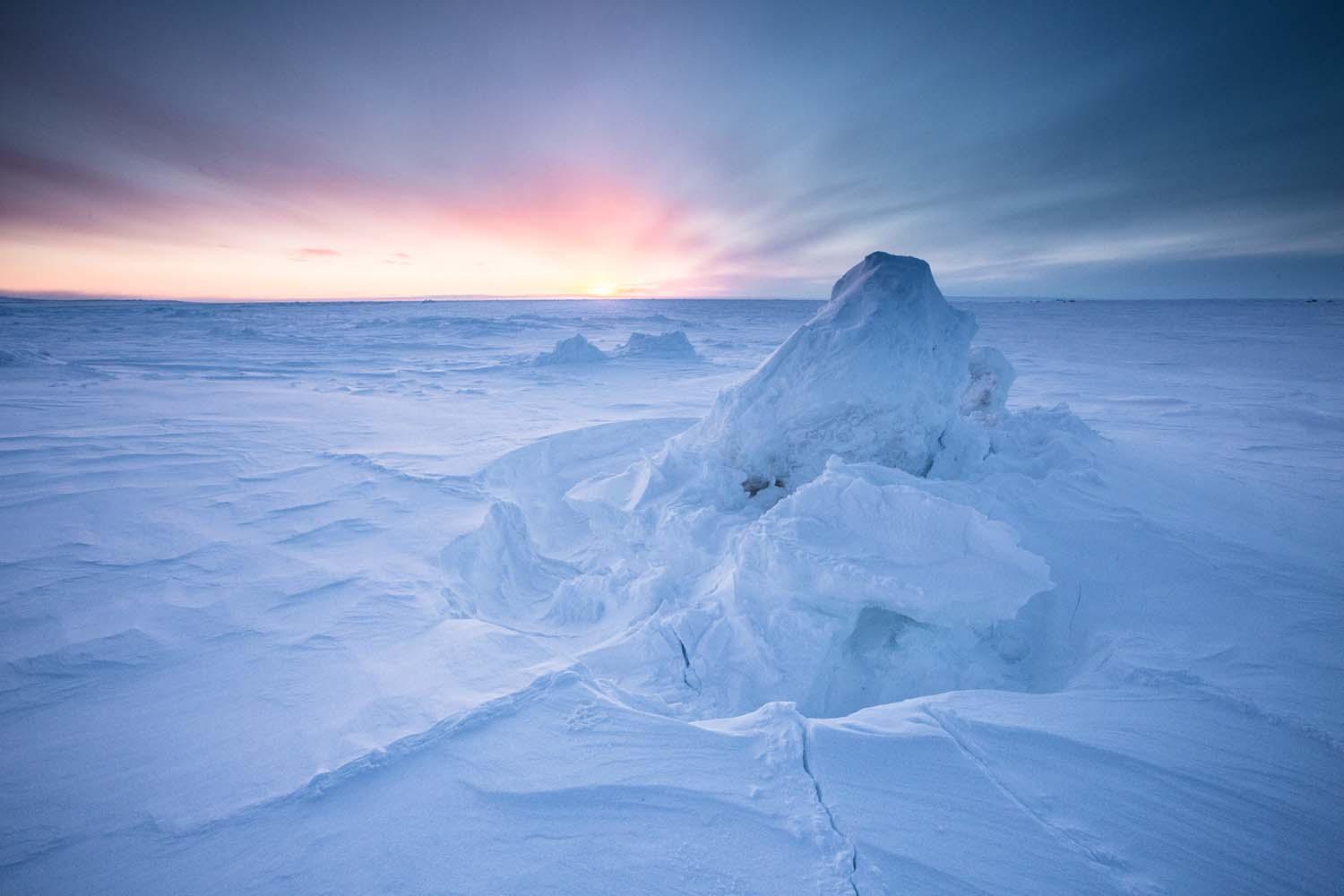
What are your top tips for shooting in arctic conditions?
My best advice for shooting in arctic conditions is going to seem pretty obvious: dress warmer than you need to, and be prepared to stay out longer than expected. Where I am, the average winter temperature, including wind chill, is around -45°C, and the average summer temperature is around 5°C. The landscape is also fairly flat, and animals can sense your presence from far away. If you want to get up close and personal without spooking the wildlife, you need to be extremely patient with your approach. This often means being exposed to the elements for hours.
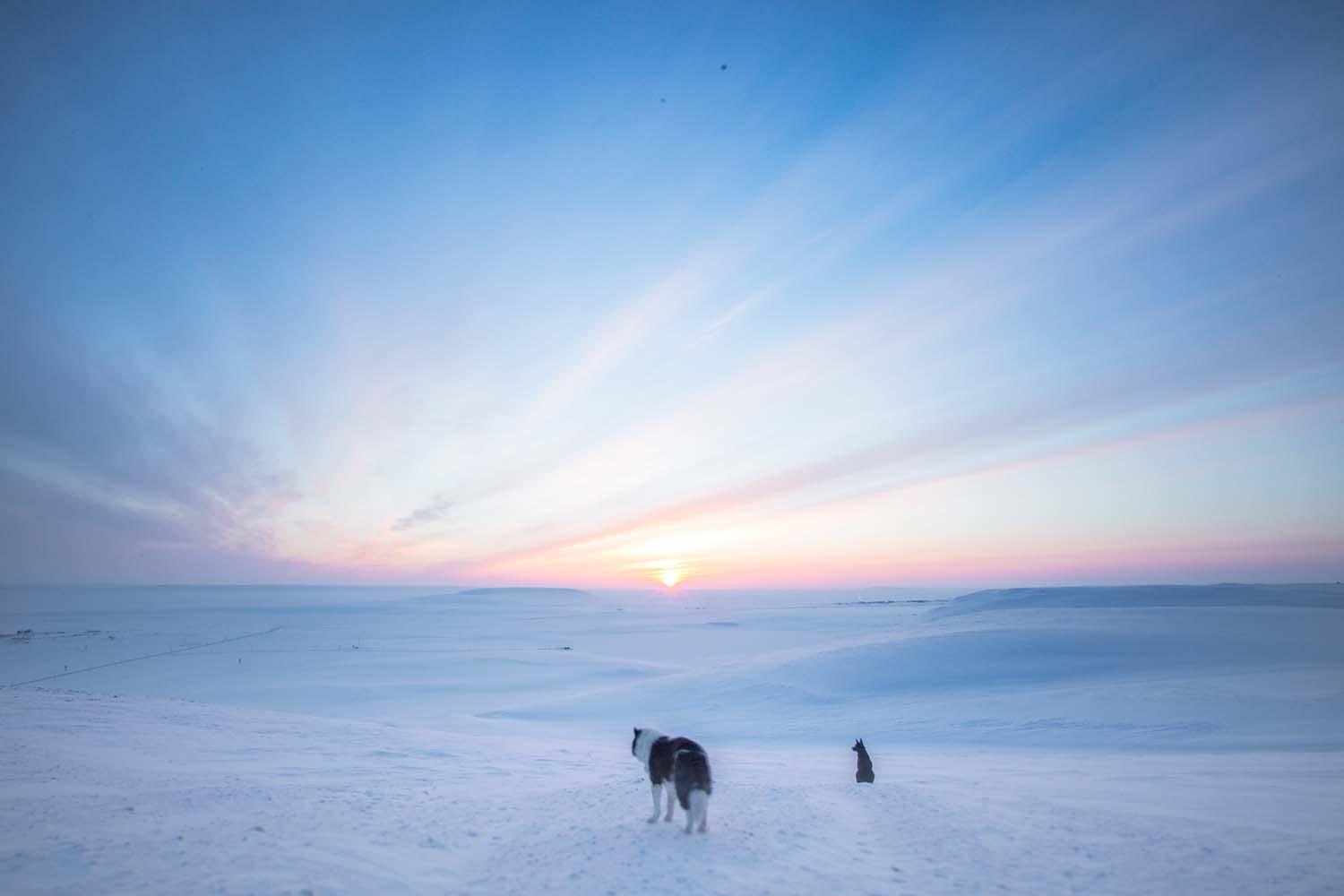
Tell us about your most memorable shoot
My most memorable shoot was when I was almost gored by a muskox. I was still a novice in my fieldcraft and was impulsive and a bit reckless. I had spent about an hour zigzagging and crawling on my belly trying to approach this lone adult female muskox that had been hanging around the community for several months. She was so comfortable with my presence, that after twenty minutes she laid down and closed her eyes. She would then open and close her eyes every time I moved a few meters closer. After getting a few shots from ten meters away with my 400mm, I had the brilliant idea of trying to see how close I could get. She looked so peaceful, and after another ten minutes, I had managed to shimmy within about five meters of her. We must have laid there for a good ten minutes, just resting and observing each other; it was magical. Then I decided to change my position to get a bit more comfortable. This startled her, and in the blink of an eye, she stood up. I also stood up. Next thing I knew, she was charging at me. I took an instinctive step back, but knew I would not be able to outrun her. The only thing that came to mind was to stand my ground and get ready to take a hit. I turned to face her with my side, and braced myself to get hit in the pelvis. She stopped within an arm's reach and stepped back. I also stepped back, while instinctively shooting at the same time. Since then, I have invested in a 600mm.
kevinxuphotography.com
photoshelter.com






